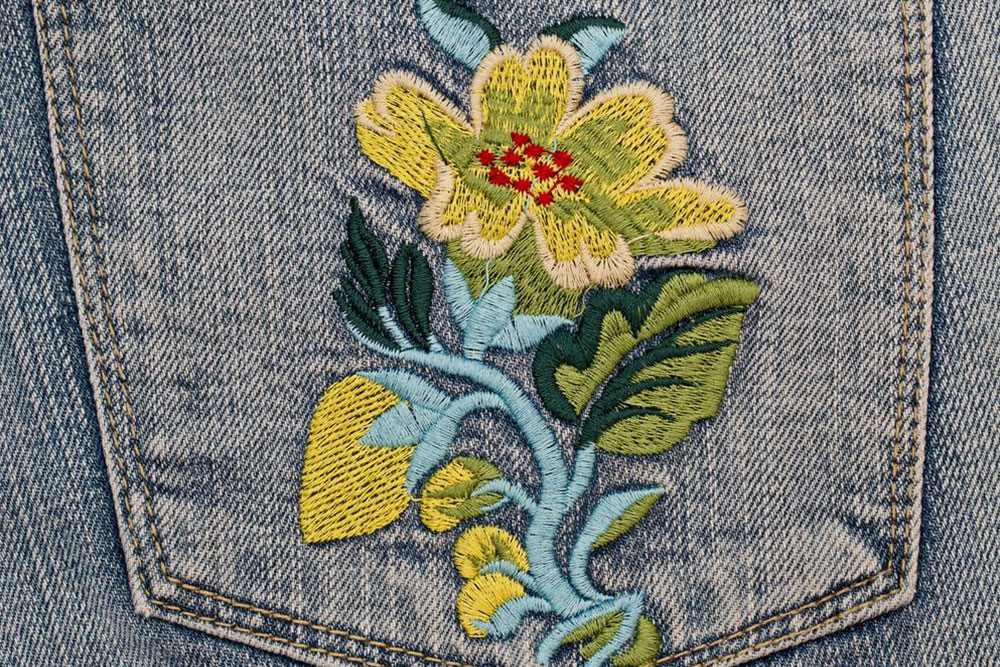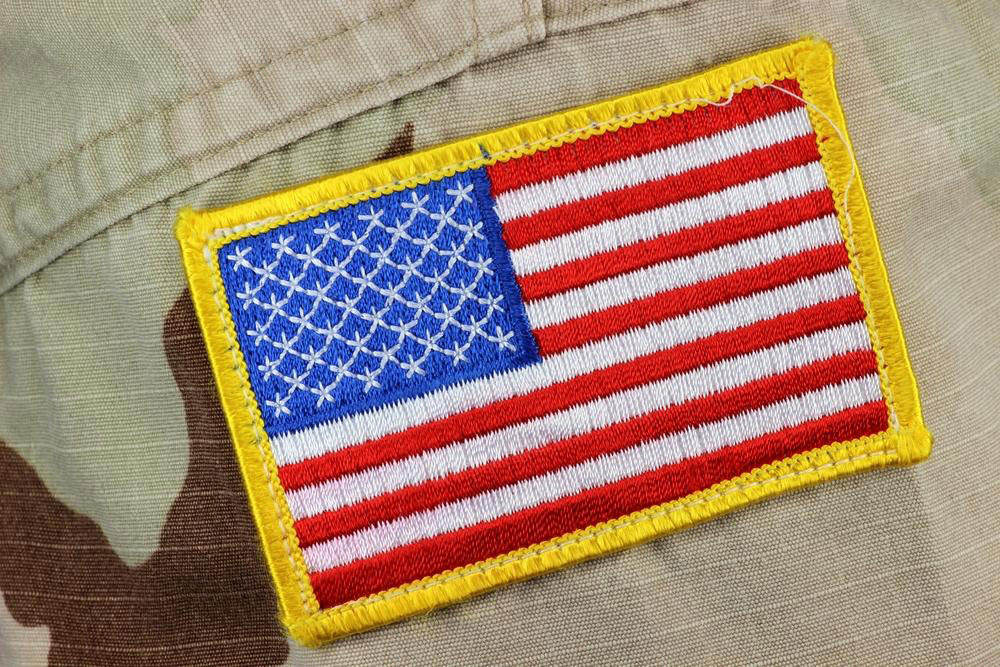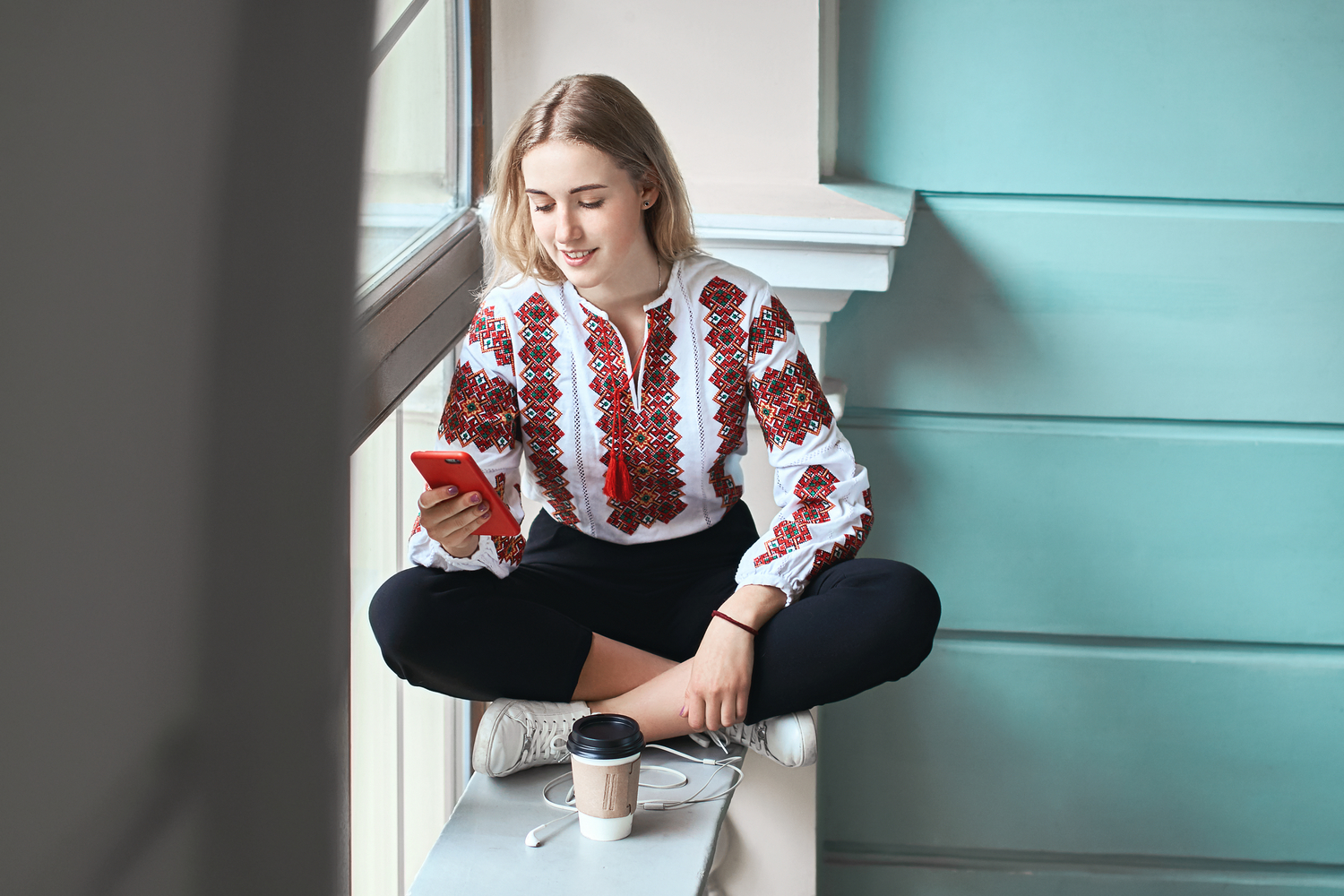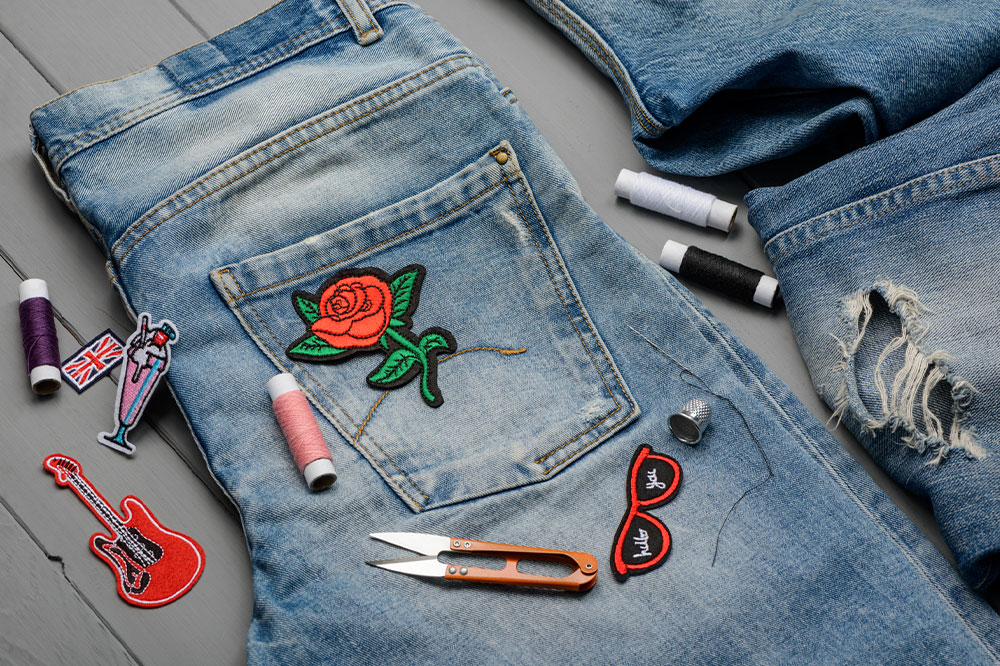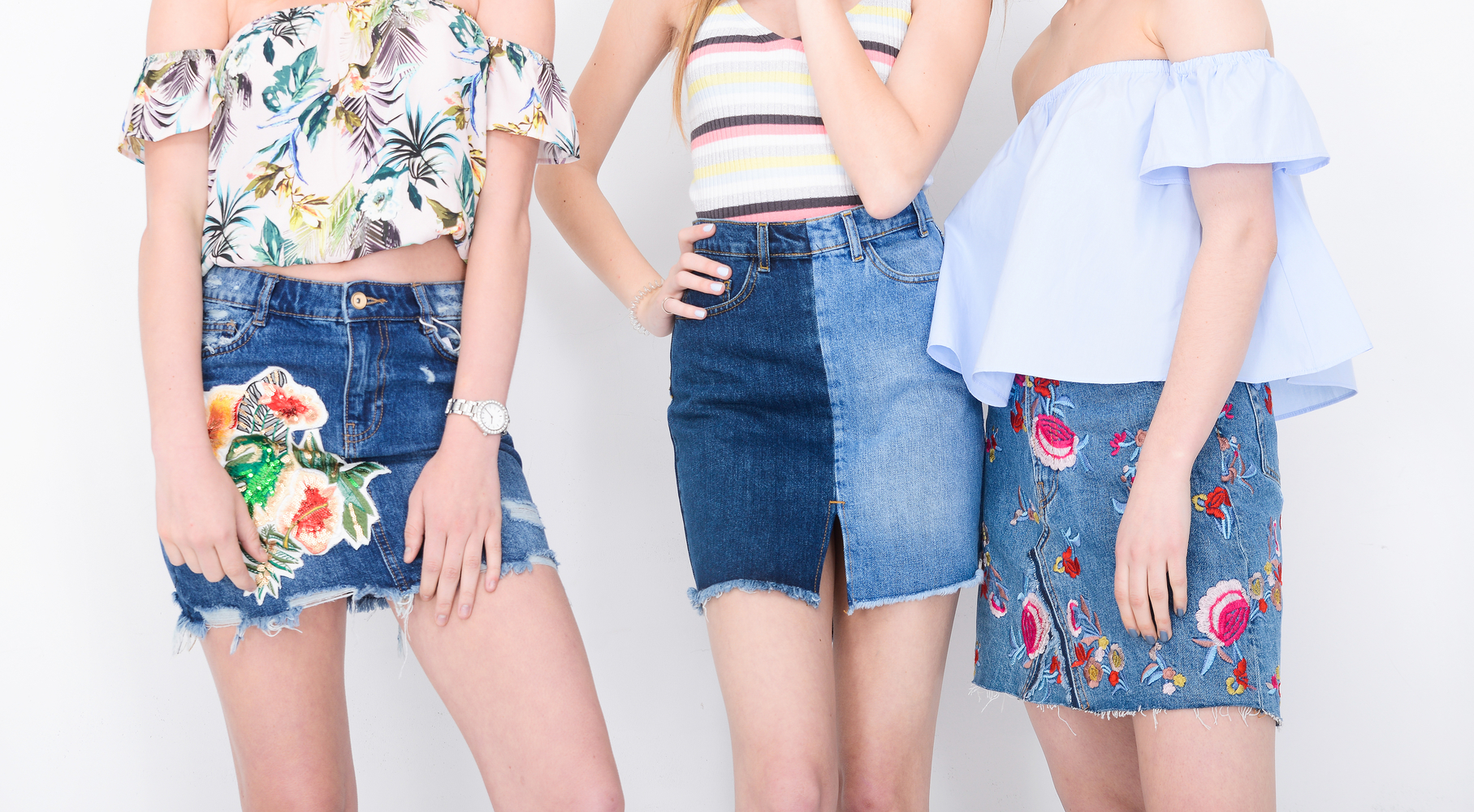Top 4 Tips for Designing Custom Embroidered Patches
Create eye-catching embroidered patches by carefully choosing backing types, embroidery coverage, borders, and colors. These tips help in designing durable, vibrant patches for clothing or collections. Personalize shapes and sizes to make your patches unique and long-lasting, perfect for branding or personal style. Explore various design options to stand out, whether for fashion, marketing, or collecting purposes.
Sponsored
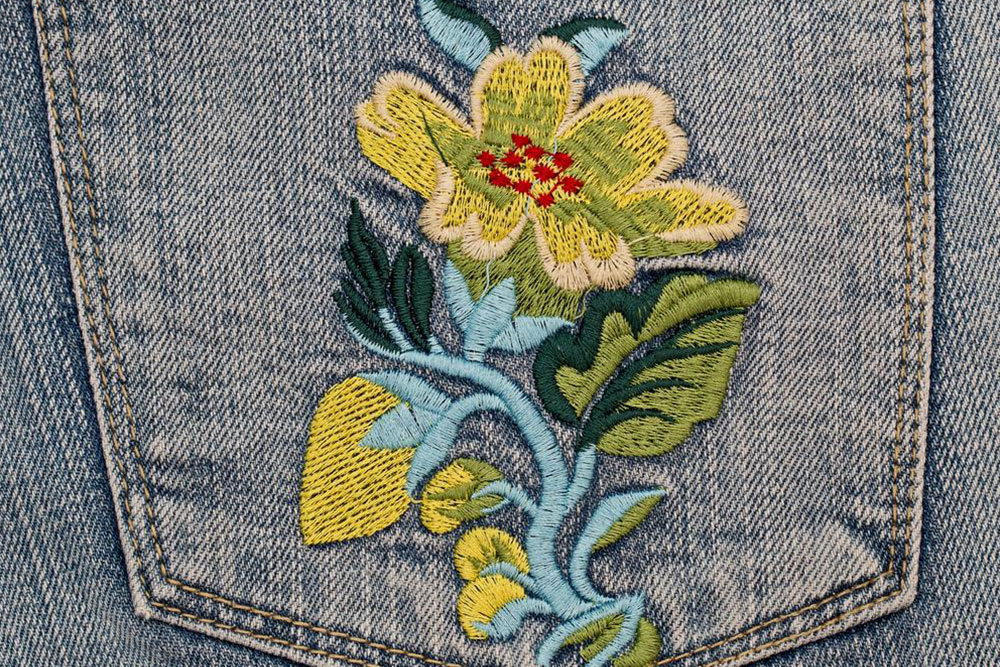
Embroidery patches offer incredible flexibility for personal and branding use. They can adorn clothing, hats, or accessories, making a bold statement or showcasing a logo. If you're new to creating custom patches, the process might seem daunting. While selecting the size, shape, and design is standard, there are four often-overlooked aspects to keep in mind to ensure your patches look great and last long:
Select the appropriate backing – Various backing options are available for patches.
Plastic backing is popular because it maintains the patch’s shape with added stiffness. For a different aesthetic, magnetic backing with a built-in magnet is an option. Adhesive backings are easy but less durable, especially after washing. For long-term, secure attachment, sewing or heat-seal backings are recommended.
Decide embroidery coverage – The proportion of embroidery affects the patch’s cost.
The more embroidery you choose, the higher the price. Typically, embroidery covers about 75% of the patch area, with the remaining space often filled with background color. Balancing embroidery percentage can help control costs and achieve your desired look.
Choose an appropriate border – Along with shape, selecting the border enhances durability and appearance.
The merrowed border, also called an overlock border, is common for round or oval patches. It wraps thread around the edges, providing a clean finish and increased resilience. Irregular shapes or pointed edges may require different border styles.
Play with colors – Color selection offers endless possibilities.
Opt for vibrant, flat thread colors from a broad palette. While gradients and multi-hued designs look appealing, they can be challenging to replicate precisely with embroidery. Experimenting with colors and shapes can create unique, personalized patches suitable beyond just clothing—collectors often seek custom patches for their collections.

